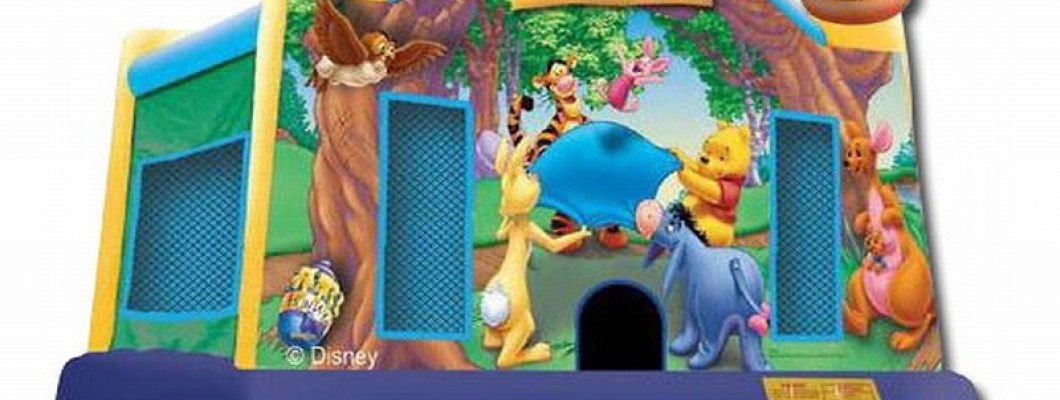
Involving children in setting up a bounce house can be a fun and educational experience. However, it's important to ensure their involvement is both safe and appropriate. Here’s what you need to know about including children in the setup process:
1. Safety First
Before allowing children to help with bounce house setup, safety should be the top priority. Consider the following guidelines:
- Supervision: Always supervise children closely during the setup process to ensure they are not exposed to any hazards. Their involvement should be closely monitored by an adult.
- Age Appropriateness: Children of different ages will have different capabilities. Ensure that their tasks are age-appropriate and safe. Younger children should be given simpler tasks that do not involve heavy lifting or complicated procedures.
- Safety Gear: If necessary, provide safety gear like gloves or knee pads to protect children from any minor accidents or injuries.
2. Suitable Tasks for Children
While children can help with bounce house setup, their tasks should be suitable for their age and abilities. Here are some tasks that children can typically handle:
- Organizing Equipment: Children can help gather and organize the equipment needed for setup, such as stakes, anchors, and the blower.
- Assisting with Setup: Older children can help with positioning the bounce house and holding it in place while it is being inflated. They can also help with basic tasks like unrolling the bounce house.
- Inflation Monitoring: Once the bounce house is set up, children can help monitor the inflation process by watching for proper inflation and informing adults if they notice any issues.
3. Making It Fun and Educational
Involving children in the setup process can be both enjoyable and educational. Here’s how to make the experience positive:
- Explain the Process: Use the opportunity to explain the different steps involved in setting up a bounce house. This can be a valuable learning experience for children.
- Encourage Teamwork: Emphasize the importance of teamwork and collaboration. Make sure children understand that their help contributes to the overall success of the setup.
- Provide Positive Feedback: Offer praise and encouragement for their efforts. Positive reinforcement can make the experience more enjoyable and motivate them to participate in future tasks.
4. Knowing When to Step Back
While involving children can be beneficial, it’s important to know when to let them step back:
- Complex Tasks: For tasks that require technical skills or heavy lifting, ensure that only adults handle these responsibilities. Children should only be involved in simpler, safer tasks.
- Potential Hazards: If any part of the setup process involves potential hazards, such as using electrical equipment or handling sharp objects, children should be kept away from these areas.
Conclusion
Children can certainly help with bounce house setup, but their involvement should be carefully managed to ensure safety and appropriateness. By assigning age-appropriate tasks, supervising their activities, and making the experience enjoyable, you can turn bounce house setup into a fun and educational activity for the whole family.

Leave a Comment